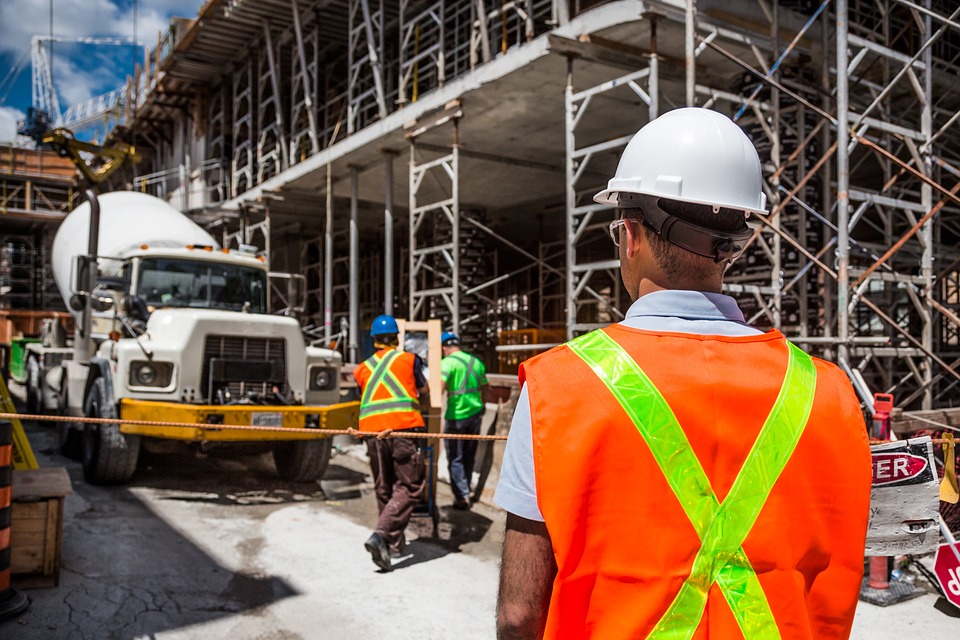
There are two main ways of doing things in a project's design and construction phases. One is through traditional contracting services, and the other is through design-build contractors.
The design-build method involves an owner contracting with a single firm to handle the design and construction phases. This streamlines the design-bid-build process and allows the contractor to collaborate more with the designer.
Cost
Design-build contractors are likely the better option if you're an owner looking to save on a new construction project. They can offer savings of up to 5.2 percent less than traditional contractors. Navigate ecomindedsolutions.com to learn more about custom home building costs.
Costs can be lower for several reasons. First, the design-builder can avoid some of the risks of a bidding process.
Another reason is that they will better understand the building site, which means they can provide more accurate labor and materials costs estimates.
This is important because many design-bid-build projects are overrun due to the designer's and the contractor's mismatched expectations.
In a design-build project, the designer and contractor work together under a single contract. This eliminates the pitfalls that can occur with design-bid-build and makes it easier for owners to coordinate with the team. It also means there's only one point of responsibility. This prevents cross-wire issues and ensures a smooth construction process.
Time
Design-build is one of the fastest-growing project delivery methods because it offers greater cost certainty, accelerated project timelines, custom designs and increased quality. Because of these benefits, design-build contractors are rapidly becoming the preferred construction partner for owners nationwide.
In design-build, the designer and contractor work together as a team. This collaboration allows for a quicker and more accurate timeline and eliminates bottlenecks in the process.
While design-build projects have many advantages but pose unique legal and business issues, these problems can only be addressed by understanding the laws and regulations, financial instruments and business assumptions that regulate design-build project delivery.
For example, a traditional construction contract typically asks the contractor to warrant the results of its work rather than the project's overall success. This is because several factors (primarily design) over which the contractor has no control determine the project's success.
Collaboration
Collaboration is a term that can be used to describe any work or effort that involves the participation of people from different departments, divisions, or teams. It can be a tool for problem-solving, as well as a means of innovation.
Ensuring everyone involved is open and willing to share their thoughts is essential when working on a collaborative project. This helps strengthen bonds between teams and foster a culture of communication that's beneficial for all parties involved.
Architect-led design-build projects often involve subcontractors in the early stages of the project to assess efficiencies, opportunity costs, payback rates and quality options that can be used to inform overall design decisions. This information feeds back to architects, building professionals and owners, ensuring high fidelity between design aims and outcomes.
The design-build delivery method also allows architects to collaborate with construction professionals in a team environment, making changes more accessible and less costly. This method also eliminates the bidding phase and provides a smoother construction process.
Quality
Quality is one of the most critical aspects of a successful construction project. A poor design or a lack of communication could result in schedule delays, costs and even a negative impact on the overall building.
The best way to avoid these issues is by making sure everyone on the team knows their role and how they help achieve the project's goals. This approach may involve special training sessions or other initiatives.
Architects are a big part of the quality process in sustainable construction. They are responsible for creating the plans and specs for a construction project and ensuring these requirements are met.
They also must ensure that each subcontractor and team have the proper information to make course corrections during the project. This is a difficult task, but possible.
